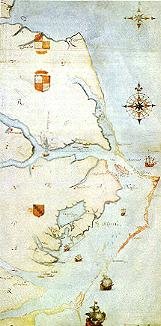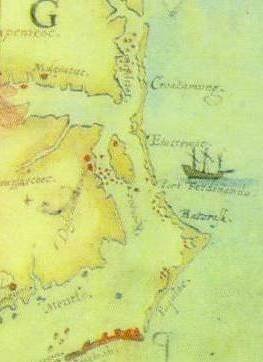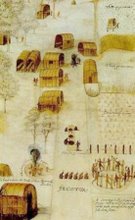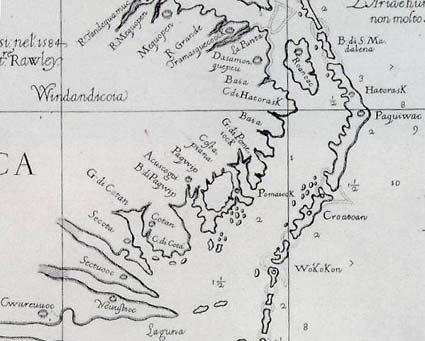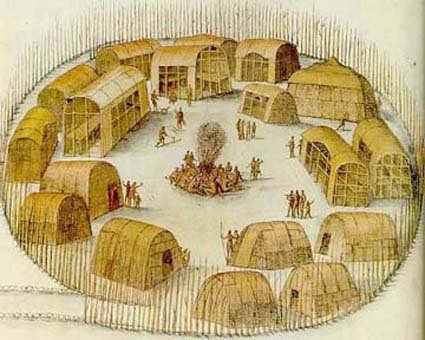Necklace inspires more digs
|
In addition to the data the radar tomography amassed, yet another dig is planned for this fall as the quest to find out what happened to America's first colony continues.
This time last summer, the archeology group, First Colony Foundation and its radar sub contractor, had some success on the site. During a dig they uncovered a copper necklace in the wooded, sand dunes not too far from the theater.
It was an exciting time to see it "in situ," said foundation archeologist and co-director Eric Klingelhofer.
The necklace is on display at the Lindsay Warren Visitor's Center located in the Fort Raleigh National Historic Site, which encompasses the visitor's center, the Lost Colony and Elizabethan Gardens.
"The copper necklace was just put on exhibit," Jason Powell, park ranger said. "It's the first time in public."
He said the park service also plans to create an improved exhibit with renovations beginning in the fall.
More:
http://jimsonharvest.blogspot.com/2009/08/more-artifacts-from-lost-colony-on.html
© History Chasers
Click here to view all recent Searching for the Lost Colony DNA Blog posts


